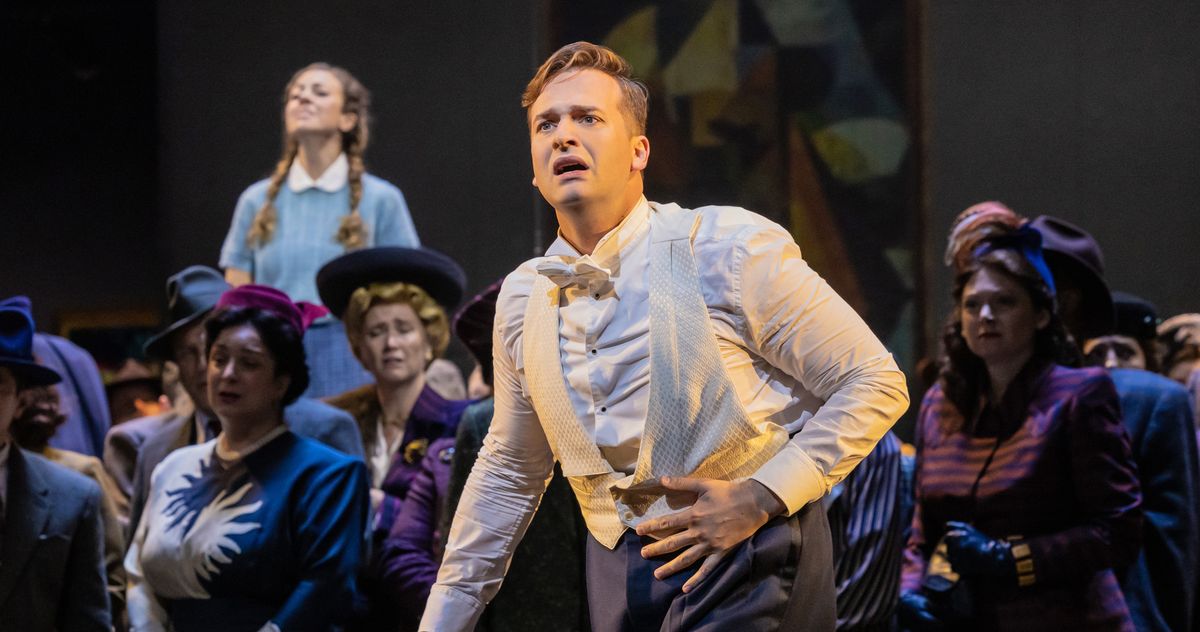
"That is not, however, Mason Bates's opera, which opens with a swirl of mist in a stony city and a growl of Death Star brass; I was counting the seconds before a singing S.S. officer clomped onto the stage. Predictability, not a factor in the novel, forms the fiber of the new work that opened the Met season. Bates's forte is buildup."
"Armed with darkly glowing chords, long-breathed crescendos that reach bursts of harmonic sunshine, pulsating synthesizers, and menacing snare drums, he can vamp and turn up the tension like nobody's business. And then? The big number arrives, characters emote, high notes ring and ring and ring again ... and the aria subsides unmemorably, without leaving the ozone tang that signals a bolt of musical lightning."
"Ideally, an opera is born when a composer stumbles on an emotion that the original medium has left only partially expressed, one that will blossom into a musical idea. Verdi's Otello isn't Shakespeare's Othello but a cauldron that alchemizes ugly impulses into irresistible beauty. Chabon's novel, about two Jewish cousins who create a fantastically successful comic-book superhero named the Escapist, should make fine operatic material."
The opera opens with misty staging and heavy brass, showcasing a composer skilled at sustained tension through dark chords, long-breathed crescendos, pulsating synthesizers, and menacing snare drums. The score repeatedly builds dramatic energy and releases it in large set pieces, but those arias often subside without a lasting musical payoff. The production achieves vivid orchestral color and theatrical moments while ultimately relying on predictability and failing to alchemize the narrative's emotional and psychological material into compelling, irresistible musical statements.
Read at Vulture
Unable to calculate read time
Collection
[
|
...
]